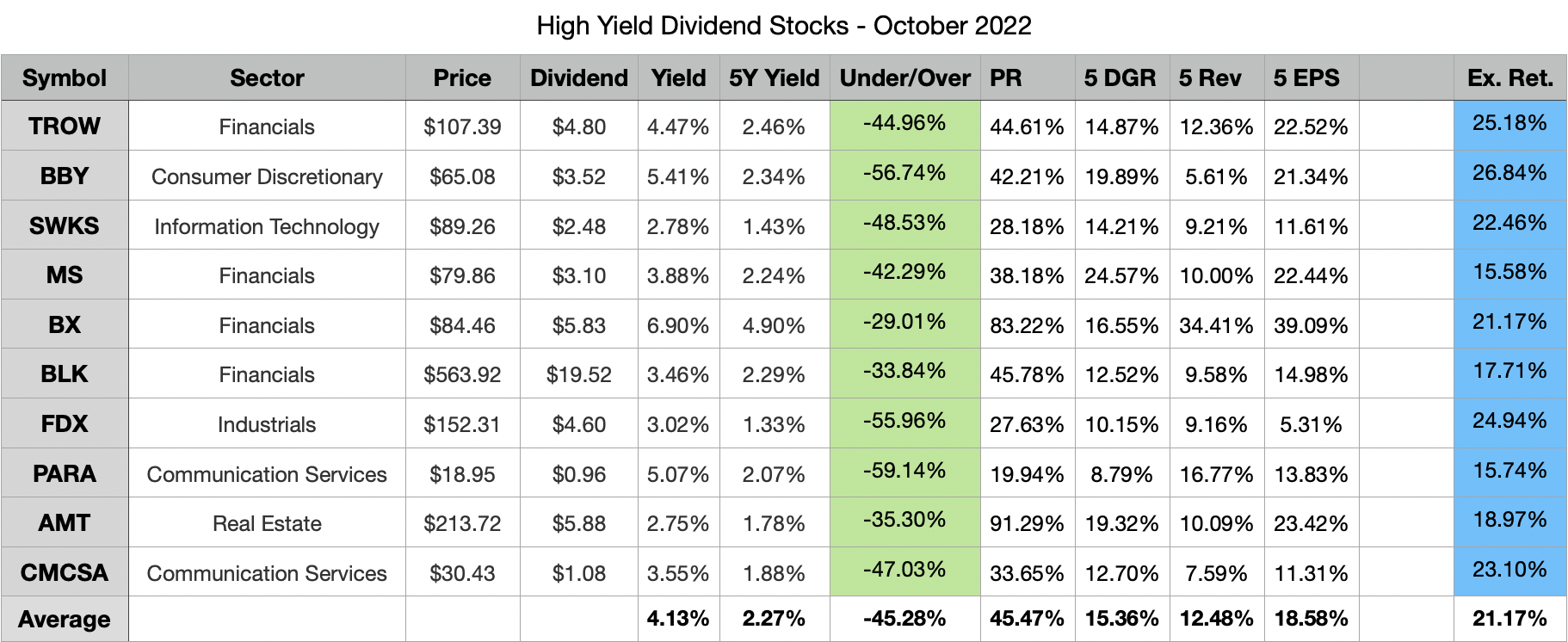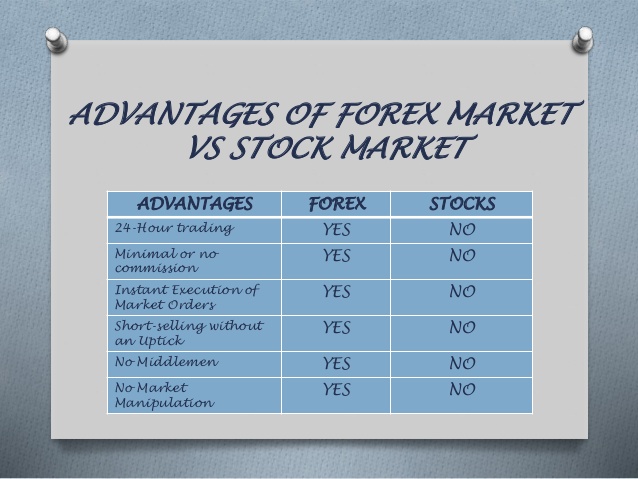
There are many options for traders who wish to invest in the Nasdaq market futures. There are E and MNQ options, as well as micro equity index futures. All offer traders a way to get into the Nasdaq market without investing a huge amount of capital. These futures allow for leverage, and traders can trade on both the short and long side of the market. You can trade futures at any hour of day.
CME Group offers the E-mini Nasdaq Futures. These futures provide exposure to Nasdaq 100. This index is a modified capitalization-weighted index of the top 100 non-financial US large-cap companies. Because more than half the companies are technology-focused, it is considered "tech-heavy". These futures trade on CME Globex, an electronic trading platform. E-mini Nasdaq's futures contract is $5.00 per contract.
CME Group launched the Micro E-mini Nasdaq Futures in May 2019. They are just a fraction of full-size Emini Nasdaq Futures and require no financial commitment. They are also fully fungible with E-mini counterparts, offering traders more flexibility in position management.

The MNQ futures also offer traders a chance to trade on both the long and short sides of the Nasdaq 100. These futures are highly sought-after by futures traders as they trade electronically almost 24 hours a day. Some traders use MNQ options to hedge their stock exposure. Others trade MNQ as a diversifier of their portfolios.
The Micro E-mini Nasdaq-100 futures were launched by the CME Group on May of this year. They are fractionally smaller than the standard Emini Nasdaq futures and offer traders lower financial risks and a lower commitment. The futures contract is $5 per contract and provides exposure to the Nasdaq 100 Index.
The Micro E-mini Nasdaq-100 index futures are a great way to get involved in the Nasdaq futures market. These futures allow traders to make a small financial commitment while also allowing them to speculate about the Nasdaq 100 index. Futures are more flexible in terms of position management, and traders can trade them almost anywhere in this world.
CME Group offers the E-mini Nasdaq 100 contract, which is one of the most sought-after contracts on the market. The contract's price is 20 times that of the Nasdaq 100 index. This means that the value of the contract will decrease as the value of the Nasdaq 100 increases. The E-mini Nasdaq futures multiplier is $20 per point. This multiplier may change in response to market conditions.

CME Group also offers an E-Mini Nasdaq 100 Index futures option. It is priced at $5 and provides exposure for the E-Mini Nasdaq 100index. This contract can be considered a fifth Nasdaq 100 Index Index futures contract. There is a limit to 10,000 equivalent contracts.
FAQ
What is a mutual fund?
Mutual funds are pools of money invested in securities. They offer diversification by allowing all types and investments to be included in the pool. This reduces the risk.
Professional managers oversee the investment decisions of mutual funds. Some funds let investors manage their portfolios.
Most people choose mutual funds over individual stocks because they are easier to understand and less risky.
How can people lose their money in the stock exchange?
The stock market isn't a place where you can make money by selling high and buying low. It's a place you lose money by buying and selling high.
The stock exchange is a great place to invest if you are open to taking on risks. They will buy stocks at too low prices and then sell them when they feel they are too high.
They are hoping to benefit from the market's downs and ups. They might lose everything if they don’t pay attention.
What are the benefits to investing through a mutual funds?
-
Low cost - Buying shares directly from a company can be expensive. It's cheaper to purchase shares through a mutual trust.
-
Diversification – Most mutual funds are made up of a number of securities. The value of one security type will drop, while the value of others will rise.
-
Professional management – professional managers ensure that the fund only purchases securities that are suitable for its goals.
-
Liquidity: Mutual funds allow you to have instant access cash. You can withdraw your money at any time.
-
Tax efficiency - mutual funds are tax efficient. So, your capital gains and losses are not a concern until you sell the shares.
-
Buy and sell of shares are free from transaction costs.
-
Mutual funds are easy to use. All you need is a bank account and some money.
-
Flexibility: You can easily change your holdings without incurring additional charges.
-
Access to information – You can access the fund's activities and monitor its performance.
-
Investment advice - ask questions and get the answers you need from the fund manager.
-
Security - you know exactly what kind of security you are holding.
-
Control - You can have full control over the investment decisions made by the fund.
-
Portfolio tracking: You can track your portfolio's performance over time.
-
You can withdraw your money easily from the fund.
Investing through mutual funds has its disadvantages
-
Limited choice - not every possible investment opportunity is available in a mutual fund.
-
High expense ratio. The expenses associated with owning mutual fund shares include brokerage fees, administrative costs, and operating charges. These expenses can reduce your return.
-
Lack of liquidity - many mutual fund do not accept deposits. These mutual funds must be purchased using cash. This restricts the amount you can invest.
-
Poor customer support - customers cannot complain to a single person about issues with mutual funds. Instead, you must deal with the fund's salespeople, brokers, and administrators.
-
It is risky: If the fund goes under, you could lose all of your investments.
Statistics
- For instance, an individual or entity that owns 100,000 shares of a company with one million outstanding shares would have a 10% ownership stake. (investopedia.com)
- Even if you find talent for trading stocks, allocating more than 10% of your portfolio to an individual stock can expose your savings to too much volatility. (nerdwallet.com)
- Ratchet down that 10% if you don't yet have a healthy emergency fund and 10% to 15% of your income funneled into a retirement savings account. (nerdwallet.com)
- The S&P 500 has grown about 10.5% per year since its establishment in the 1920s. (investopedia.com)
External Links
How To
How to make a trading plan
A trading plan helps you manage your money effectively. It helps you identify your financial goals and how much you have.
Before you start a trading strategy, think about what you are trying to accomplish. You might want to save money, earn income, or spend less. You might want to invest your money in shares and bonds if it's saving you money. If you are earning interest, you might put some in a savings or buy a property. And if you want to spend less, perhaps you'd like to go on holiday or buy yourself something nice.
Once you know your financial goals, you will need to figure out how much you can afford to start. This will depend on where and how much you have to start with. You also need to consider how much you earn every month (or week). Your income is the net amount of money you make after paying taxes.
Next, you need to make sure that you have enough money to cover your expenses. These include rent, food and travel costs. Your monthly spending includes all these items.
You'll also need to determine how much you still have at the end the month. This is your net disposable income.
You're now able to determine how to spend your money the most efficiently.
To get started with a basic trading strategy, you can download one from the Internet. Or ask someone who knows about investing to show you how to build one.
Here's an example of a simple Excel spreadsheet that you can open in Microsoft Excel.
This is a summary of all your income so far. This includes your current bank balance, as well an investment portfolio.
And here's another example. This one was designed by a financial planner.
It shows you how to calculate the amount of risk you can afford to take.
Don't attempt to predict the past. Instead, focus on using your money wisely today.